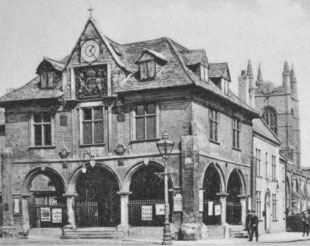THE HISTORY OF HECKLEY
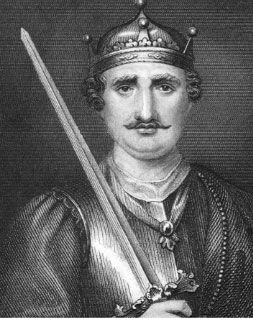
During Saxon times, ‘Heck Lea’ was an independent village in the manor of Gomersal, which before 1066 was held by the Saxon Lord ‘Heckmond the White’. After the Norman Conquest, William confiscated the land and gave it to a distant cousin, Clekka the Destroyer (so named because of his innate clumsiness), who was feeling bored and needed something to do.
Because of its geographical location, near the intersection of two trade routes and proximity to the river Heck, Heckley became an important market town, serving the local area. The only remaining indication of the market’s historic importance is the Heckley Cross which is believed to have been carved in the eleventh century.

Between 1643 and 1651, Heckley was occupied by Royalist forces under their commander, Lord Fortescue of Buckingham, following on from their victory at Adwalton Moor, near Bradford.
Fortescue was an unreliable leader with a reputation for quaffing and wenching which he vehemently denied. His motto was: ‘Let’s get this war done’.
In 1790, Heckley became affected by the canal building boom that was sweeping the country. As the transportation of goods became ever more important, the river Heck was subsequently deepened to become part of the Caldersley Canal system.
Until the 18th century, the production of woven fabric had been a cottage industry around Heckley. Local sheep farmers would sell their wool at Heckley market to brokers who would pack it into bales to be sold to local weavers who worked on crude looms in the upper floor of their houses.
With the introduction of mechanised looms, entrepreneurs began constructing mills where raw wool went through the various processes to be turned into finished fabric. By 1750, over twenty mills were situated around the Heckley area.
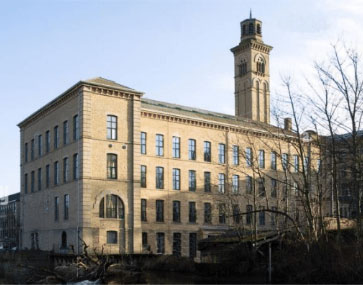
Prospect Mill was founded in 1788 by Mathias Rawbotham and became an instant success. It drew farm workers from the surrounding area attracted by high wages and a wide choice of industry related diseases.

The only mention of Heckley in literature is in Elizabeth Gaskell’s biography of Charlotte Bronte in 1839 in which Charlotte describes the inhabitants of Heckley as obstinate, independent people critical of their betters.
Features within Heckley
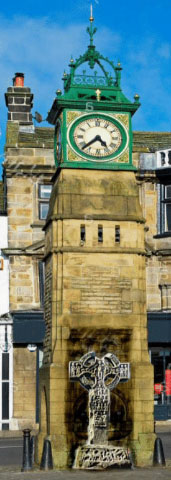
The market place still stands in the original place but is now surrounded by shops. In 1878, the council decided to re-surface the area and clear away the stone cross, which had badly deteriorated from exposure to the acid smog produced from the mills, to be replaced by a clock tower. The decision to remove the cross caused such an outcry that they were forced to reconsider. The compromise they arrived at was to position the proposed new clock tower in such a way that the cross would stand, enclosed within a recess in the front face, protected from the elements, with a plaque quoting Bronte, so no one in Heckley would forget their proud heritage as obstinate, independent folk forever critical of their bosses.
The Slagger’s Arms
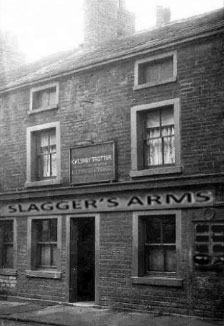
The Slagger’s Arms Tavern can be dated back as far as the seventeenth century when it was a popular hideout for cut throats and highwaymen. It has been rebuilt several times since then but still retains the original charm and dilapidation that has helped it win the hotly contested, ‘Roughest Pub in West Yorkshire’ award several times.
Heckley Basin
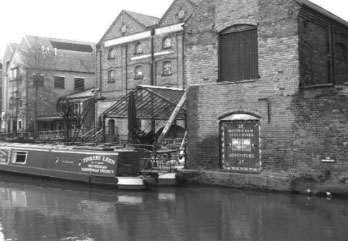
Heckley Basin was constructed in 1801 following the completion of the Caldersley Canal. In the early years, Mills used the canal to transport raw materials to their premises but with improvements to the rail system many companies found the canal to be too slow. Its major use remained with the transportation of coal from Toftshaw colliery.
Council Offices
